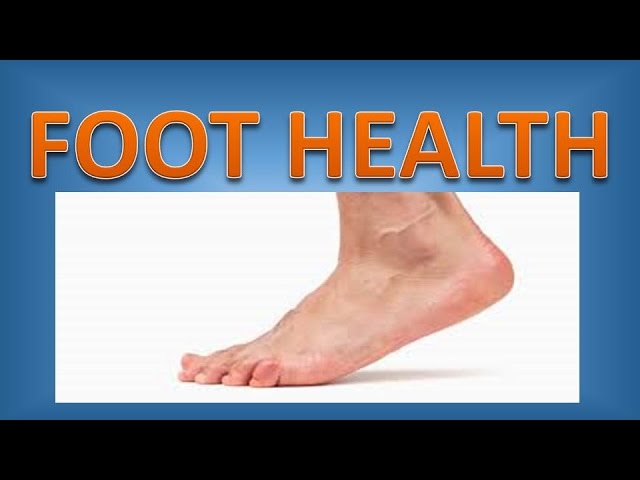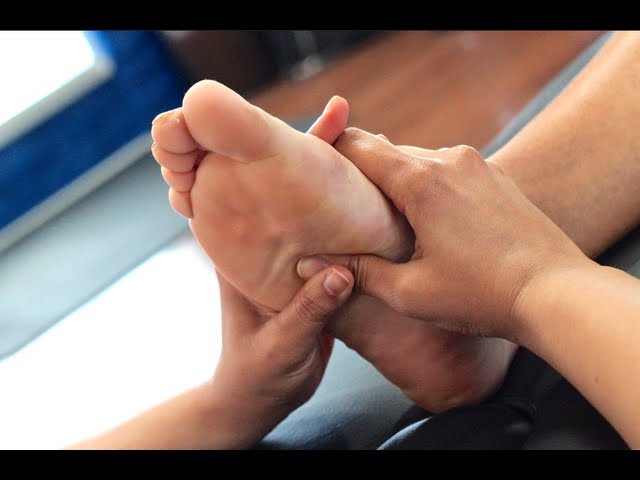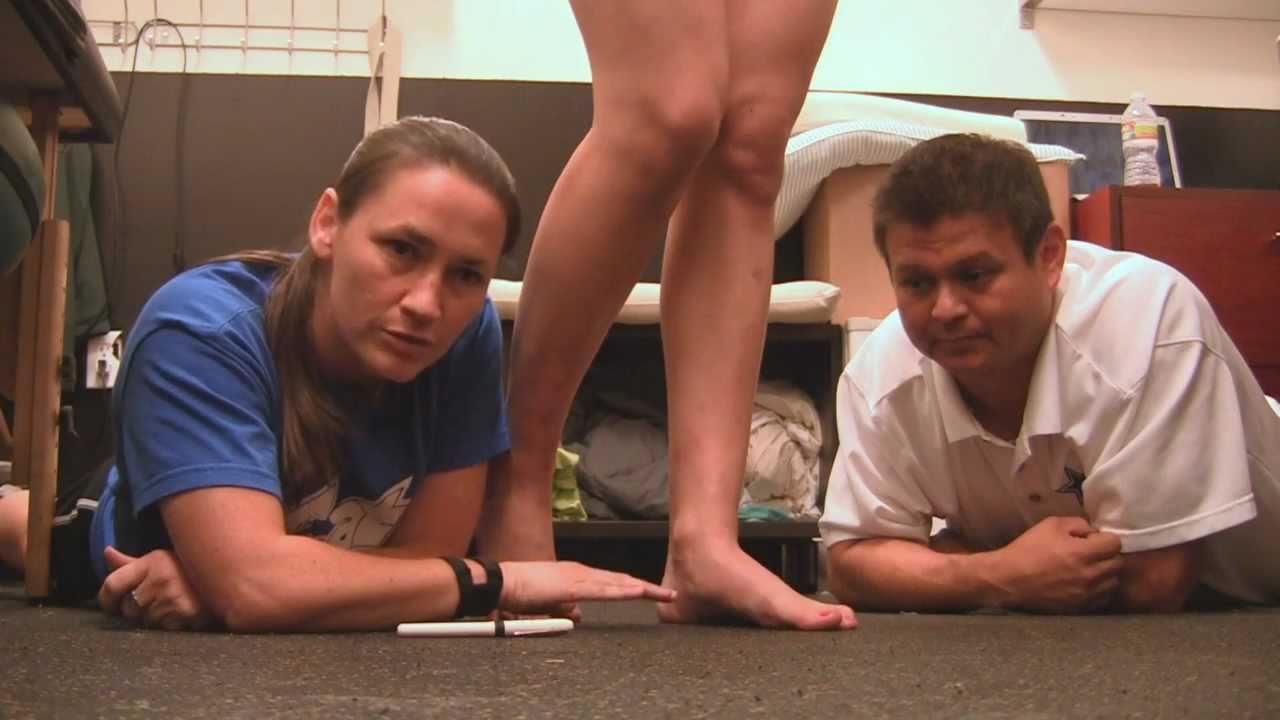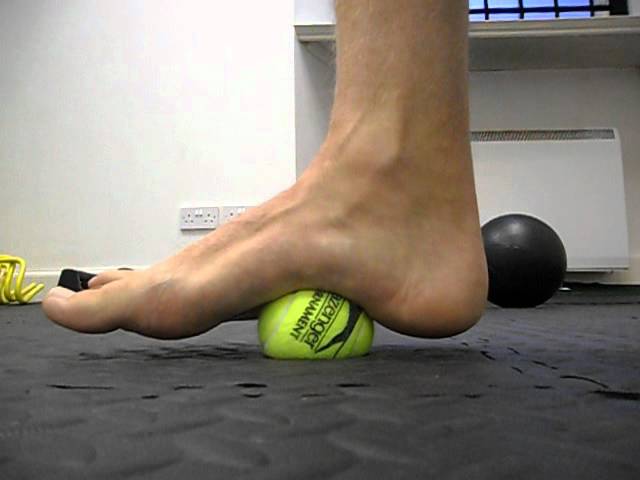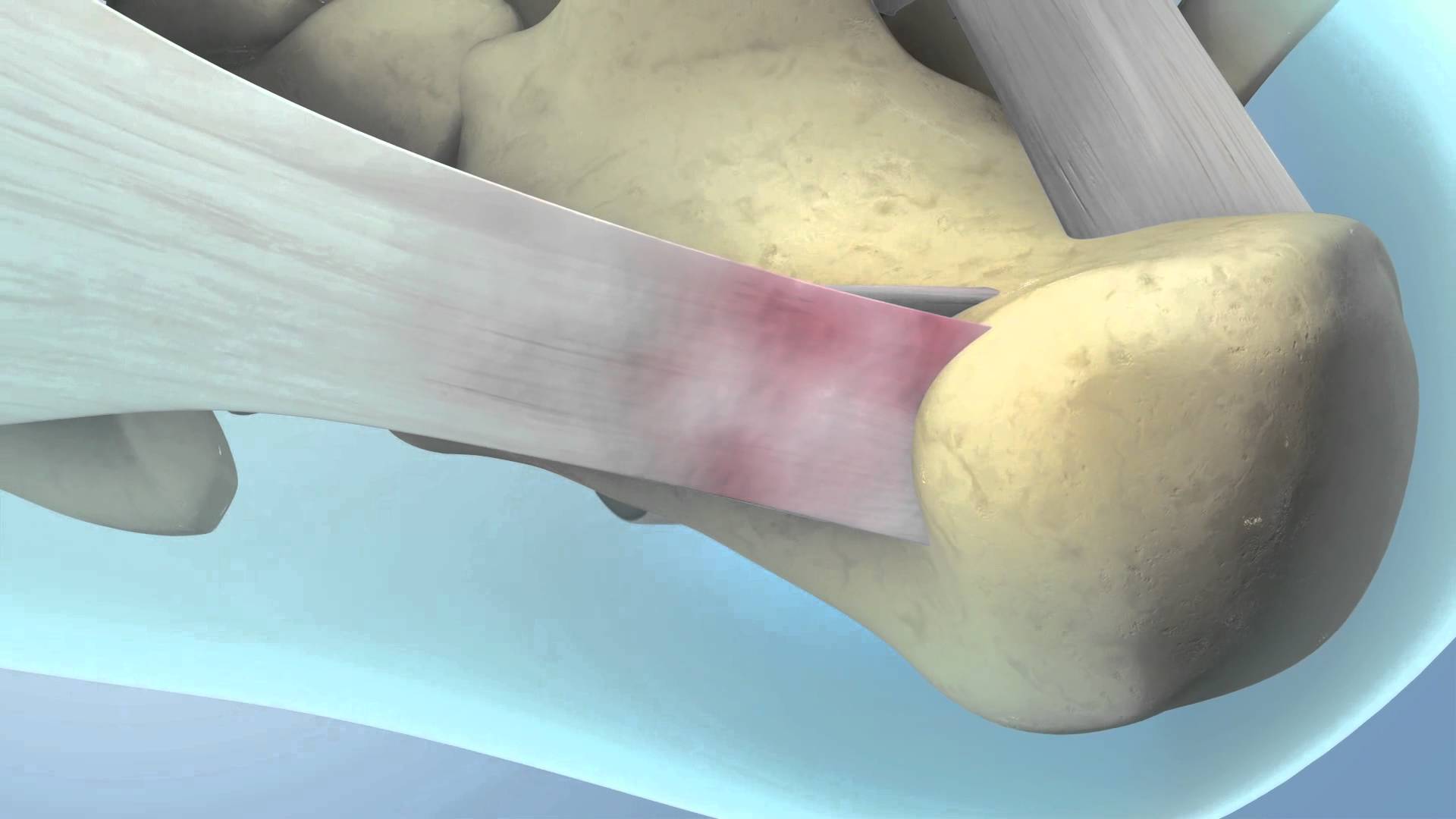9 foot problems Your Feet Reveal About Your Health
In this video I will reveal what could be lurking behind your most common foot problems.
I will also show you what it may mean about your general health and what you can do about it
Let’s get straight into it
No 1. Sudden Hair loss on the feet and toes
What this might mean is you have Serious circulation problems
You may think not having hair on your toes is a good thing especially during sandal season, but having hair on your toes is actually a good thing.
Get it checked out
Sudden baldness can be a sign that your feet aren’t getting enough blood flow to sustain hair growth. Expect your doctor to check for a pulse in your feet, which is an indication that your heart may not be able to pump enough blood to your feet.
2. You feel Frequent foot cramping
What this may mean is your suffering from either Dehydration or nutritional deficiencies
Randomly occurring cramps are extremely common in the feet so don’t get too worried. They can be as serious as circulation and nerve issues, or as harmless as a nutritional deficiency.
If you’re exercising, be sure to drink plenty of water, since dehydration often leads to muscle cramping. You might also try upping your intake of potassium, magnesium, and calcium (with your doctor’s go-ahead, of course), since their deficiencies make cramps more common.
Or you may like to try For relief, soaking your feet in a warm foot bath and stretching your toes toward your nose, not pointing down.
If the cramps don’t let up, see your doctor who can test for circulation issues or nerve damage.
3. A sore that won’t heal
What this may mean – well its probably a sore that’s taking time to heal but it could also mean Diabetes or skin cancer
Stubborn sores are red flags for diabetes.
Uncontrolled glucose levels in the blood can lead to nerve damage all the way down to your feet, which means any cuts, sores, or scrapes can come and go without you ever feeling it. If infection sets in you could be in trouble.
A non-healing wound can also be a sign of skin cancer. Melanoma can pop up anywhere on your body—even in between your toes—so be sure to include your feet in your regular skin checks. (Brush up on your mole-detecting skills here.)
4. constantly cold feet
What this may mean: Hypothyroidism
Hypothyroidism is the most common cause of feet that just can’t get warm. And if you’re over 40, you could be living with a sluggish thyroid without even knowing it.
Unfortunately, cold feet are the least of your problems—hypothyroidism can also cause hair loss, fatigue, unexplained weight gain, and depression. Get your feet feeling toasty again by heading to your doctor for a simple blood test, and you’ll start warming up shortly after starting the daily medication.
5. A Sudden enlarged big toe
What it might mean: Gout or other inflammatory issue
if you The sudden onset of a red, hot, swollen, or painful joint then get immediate medical attention,”.
It may be nothng or it maybe something more serious such as gout, inflammatory arthritis, infection, or trauma.
6. Bunions
What it might mean: An Inherited faulty foot structure
If you thought your bunions were caused exclusively by a closet full of gorgeous (yet restrictive and often painful) shoes, you can stop blaming the boutique. Bunions are actually a sign of a flawed foot structure that’s often inherited and aggravated by inappropriate shoes.
7. Heel pain especially in the morning
What it might mean: Plantar fasciitis
You can’t mistake it—that sharp pain in the bottom of the heel when you get out of bed or stand up from a chair. It’s a strain of the ligament that supports the arch of the foot.
whether you did it by wearing too-tight shoes, walking in flip-flops, or wearing worn-out workout trainers, the longer you let it go, the longer it takes to heal.
Your podiatrist will probably tell you to ease up on walking at first, rethink your footwear, and adopt a good stretching routine.
8. Flaky, itchy, or peeling skin
What this may mean: a Fungal infection
Even if you’re never donned an athletic jersey in your life, you could still be walking around with athlete’s foot—which is basically a fungal infection.
It causes itchiness and peeling, and can be treated by applying anti-fungal cream and keeping your feet as cool and dry as possible during the day.
Tag: plantar fasciitis
Foot Numbness – Sciatica vs Tarsal Tunnel – Chiropractor Huntington Beach
http://www.P2SportsCare.com 714-502-4243
Foot Numbness is a common symptom found in runners and corporate workers alike. The cause of foot numbness can stem from many different sources.
Posterior tibial tendon dysfunction
Foot swelling from running
Posterior Compartment Syndrome
Disc herniation/rupture
Fibromyalgia syndrome
Multiple Sclerosis
Diabetes
The first thought process when a runner complains of foot numbness while running can be due to swelling of the feet while running, and if the shoe laces are too tight it can compress the vasculature leading to numbness of the foot. An acute injury, such as from a fall, can tear the posterior tibial tendon or cause it to become inflamed. The tendon can also tear due to overuse. For example, people who do high-impact sports, such as basketball, tennis, or soccer, may have tears of the tendon from repetitive use. Once the tendon becomes inflamed or torn, the arch will collapse over time. Posterior tibial tendon dysfunction, tarsal tunnel syndrome, is more common in women and in people older than 40 years of age. Additional risk factors include obesity, diabetes, and hypertension. High-impact sports can also put a lot of pressure on vertebral discs and cause a herniation or rupture. If you have a herniation or rupture of the vertebral disc, symptoms of pain and numbness that trail along the lower extremity into the foot are common.
Fibromyalgia syndrome is another cause of foot numbness. Typically found in females age 20-50 with long-term tenderness and pain in the joints and muscles. Multiple Sclerosis is an autoimmune condition that can affect women between 20-40 years of age and lead to damage of the myelin sheath of nerves, causing symptoms of muscle spasms and numbness. Diabetes is a metabolic disease found in those with elevated blood sugar levels and low blood circulation, which leads to nerve damage and eventually numbness in the hands and feet.
Vasculature in the lower extremity is intense and heavily intertwined. A general understanding of anatomy is important to diagnose the cause of the foot numbness. In an ankle joint with swelling or prior trauma, the vasculature and nerves can become quiet irritated and become inflamed. Those who have difficulty running may have a restricted joint in the lower extremity, but a majority is due to poor biomechanics from a previous overuse injury of the soft tissue.
When observing the ankle for motion, the patient may experience numbness with flexion and extension, which is a good indicator that there is some sort of restriction in the soft tissue or in the joint. To fully diagnose a foot numbness, a thorough functional assessment and foot and ankle exam must be done and in some cases imaging may be necessary. A musculoskeletal ultrasound would be ideal to view an possible damage to the underlying soft tissue of the foot and ankle. The choice of imaging for a disc is, MRI.
See more at: http://www.p2sportscare.com/2013/08/29/foot-numbness/#sthash.lNuVOYBm.dpuf
Tarsal Tunnel Syndrome, Tarsal Tunnel, numbness in foot, foot numbness, tarsal tunnel of foot, tarsal tunnel of ankle, tarsal tunnel treatment, tarsal tunnel surgery, tarsal tunnel therapy, tarsal tunnel stretch, numb foot, numb feeling outer foot, ball of foot numb, why my left foot is numb, exercises numb foot, sciatica exercises, sciatica pain, exercises for sciatica pain, sciatica pain relief, treatment for sciatica, exercises for sciatica, sciatica treatment, sciatica pain treatment, sciatica numbness of foot, foot numbness of sciatica
Easy Exercise for Foot, Arch and Leg Pain from Fallen Arches, Flat Feet, Pronation
Exclusive Content!! http://www.patreon.com/psychetruth
Check out a NEW and UPDATED version of this video HERE: https://www.youtube.com/watch?v=gI-7gBzUkuc
Easy Exercise for Foot, Arch and Leg Pain from Fallen Arches, Flat Feet, Pronation
Fallen arches, flat feet, or Plantar fasciitis can cause pain and discomfort in the legs, feet, ankles, Achilles tendon, hips, and low back. In this video, Ron Vaughn, a sports massage therapist, and Christie Powell, a physical therapist, explain how the feet become pronated (fallen arches) and how some simple at-home exercises can strengthen the arch muscles to allevaite pain and discomfort.
Discomfort when standing for long periods of time or when running or doing another athletic activity may be caused by weakened arch muscles.
Many people are recommended to wear orhotics or orthotic insoles to get better arch support. While this can provide a temporary fix, Christie explains that strengthening those muscles is the only way to fix the biomechanics of the foot and really alleviate pain.
Ron demonstrates a unique technique for relaxing the muscles in the feet and provides instruction that other therapists may find useful. Sports massage can be very helpful in loosening up the soft tissue that the muscles can be strengthened.
Christie then shows an easy exercise that we can do at home to strengthen our arches and alleviate pain. The exercise is called Pen/Penny and requires only a pen and penny. This is a great exercise with lots of benefits to the feet, legs, and back.
Ron graduated in 1997 from Austin Schools of Massage in Austin, TX, and also has a Bachelor's degree in Exercise & Sports Science from Southwest Texas State University (a.k.a. Texas State University of San Marcos).
Christie received her Masters from Texas State University and is currently pursuing her PhD in Kinesiology/Movement Science at the University of Texas. She is dedicated to working with youth and adult athletes and is involved in various programs to promote education and increase awareness of athletic injuries.
Visit Ron's Website:
www.AthleticTuneUp.com
Visit Christie on the CatzAustin website:
www.CatzAustin.com
This video was produced by Psychetruth
http://www.youtube.com/psychetruth
http://www.facebook.com/psychetruth
http://www.myspace.com/psychtruth
© Copyright 2011 Target Public Media, LLC. All Rights Reserved.
Pain In Arch Of Foot: Plantar Fasciitis Treatment – Tennis Ball Massage.
What is Heel Pain & How Do I Treat it?
Find the perfect treatment for your heel pain: http://bit.ly/1RO5qbD
Heel Pain is most commonly caused by Plantar Fasciitis and Heel Spurs. Pain ranges from mild to severe and can cause other health issues if left untreated. Common home remedies for heel and foot pain include resting, stretching, and icing the area.
You can also treat heel pain caused by plantar fasciitis and heel spurs with a patented orthotic that uses Fascia-Bar technology to relieve pain and heal the underlying conditions.
Shop our pain relief solutions: http://bit.ly/1V6lrul
